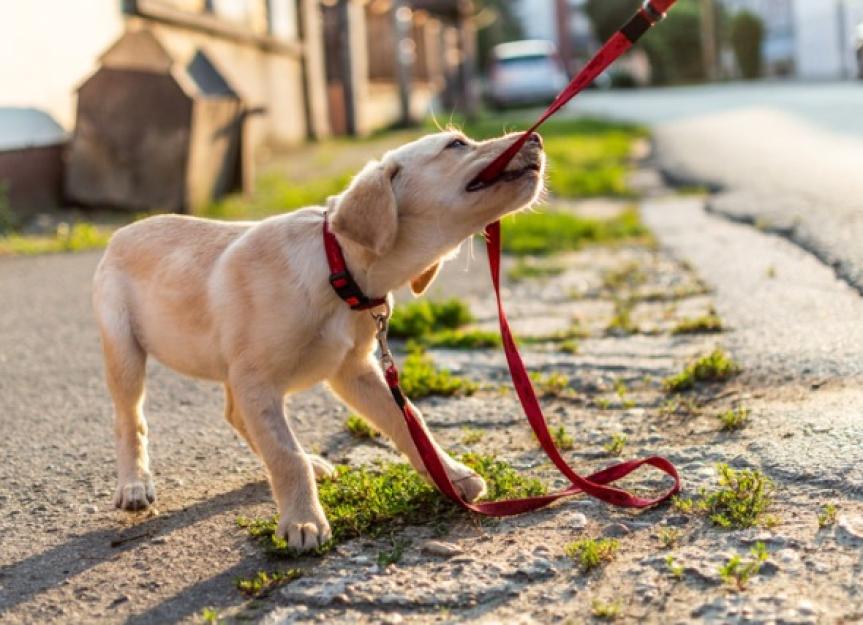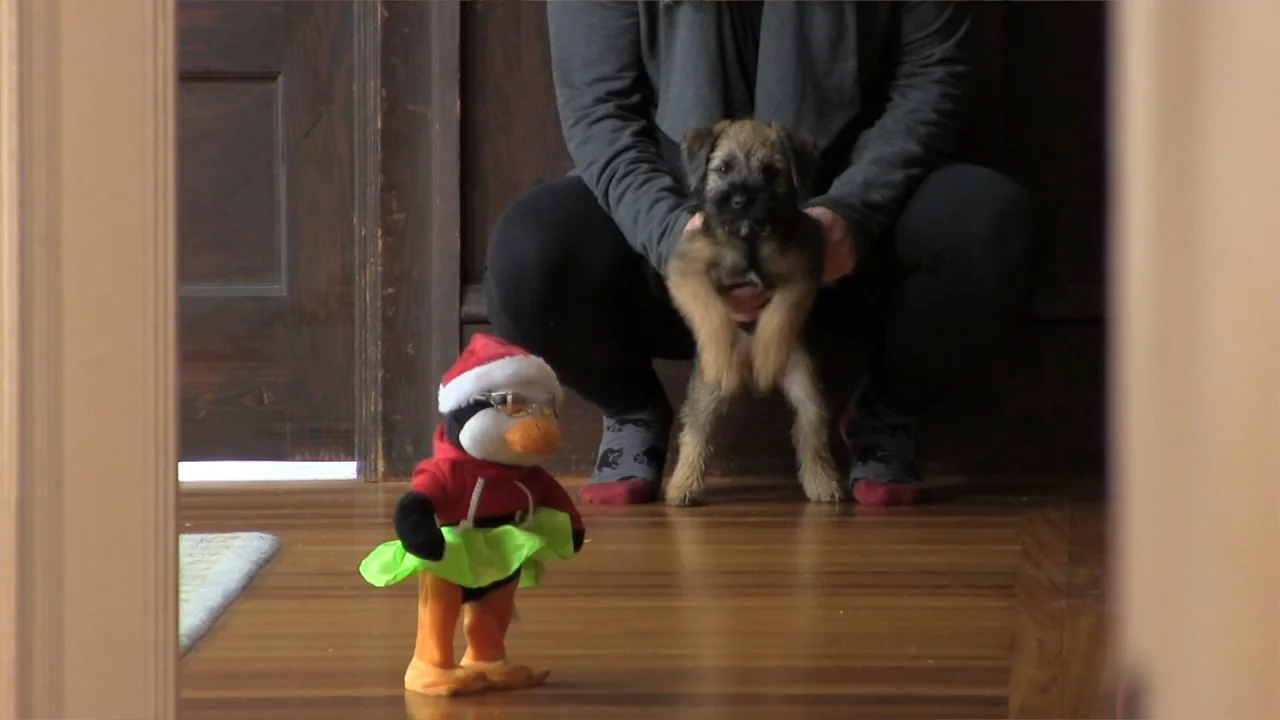Puppy Training Techniques: Teaching Basic Commands for a Happy Pet
Wiki Article
Top Puppy Training Strategies to Guarantee a Mannerly Animal
Efficient pup training is critical for growing a well-behaved companion, and different techniques can substantially affect a dog's development. As we discover these techniques better, it becomes clear that the success of young puppy training hinges on a combination of approaches that can change your animal's actions in impressive methods.Favorable Support Techniques
Making use of positive support methods is crucial for effective young puppy training, as it motivates desired behaviors via rewards as opposed to penalty. This approach profits from the all-natural understanding procedures of canines, strengthening etiquette by giving instant and concrete rewards, such as deals with, appreciation, or play. By connecting positive end results with certain actions, young puppies are more probable to duplicate those habits in the future.Rewards should be offered immediately after the desired actions happens to produce a clear connection in the young puppy's mind. Additionally, varying the types of incentives can maintain a pup's interest and motivation throughout the training process.

Consistency in Training Commands
Preserving consistency in training commands is essential for reinforcing the lessons discovered via positive reinforcement techniques. Pets flourish on regular and predictability, so using the exact same spoken commands and hand signals for specific actions is important. This harmony aids puppies recognize what is anticipated of them, reducing complication and stress for both the instructor and the pet dog.
Timing likewise plays a considerable duty in consistency. Commands need to be delivered without delay during training sessions and complied with immediately by favorable support, such as treats or praise. This prompt reaction helps strengthen the association between the command and the preferred habits.
Incorporating consistency right into training sessions will certainly develop a stable learning setting, advertising quicker proficiency of commands. Inevitably, a well-structured approach cultivates a solid bond in between the pup and its proprietor, resulting in a much more well-behaved and loyal pet.
Socialization With Other Pet Dogs
Socializing with various other animals is vital for a puppy's advancement, as it aids them find out suitable habits and communication skills in varied social contexts. Early communications with different animals can dramatically affect a pup's character and adaptability in different scenarios. When puppies are exposed to a selection of family pets, they become extra confident and much less frightened, which can protect against possible behavioral issues later on in life.
In addition, observing body movement during communications is crucial. Educate your young puppy to acknowledge signals from other family pets, such as indications of playfulness or pain, fostering common regard and understanding. Normal socialization not just enhances your puppy's social skills but likewise adds to their total well-being, creating an extra harmonious living environment. In verdict, focusing on communications with other pet dogs will certainly yield a socially proficient and all-round canine.
Crate Training Benefits
Identifying the many benefits of cage training can considerably boost both the young puppy's and owner's experience. Crate training provides a secure and safe and secure atmosphere for puppies, ensuring they feel safeguarded when laid off. This feeling of safety and security can dramatically reduce anxiousness and stress and anxiety degrees for both the owner and the family pet.In addition, dog crates work as a useful housebreaking device. Pups naturally stay clear of staining their resting area, thus urging them to hold their bladder up until they are allow outdoors. This reaction can speed up the housebreaking procedure, promoting great habits at an early stage.
When not being watched,Crate training additionally helps in handling a young puppy's habits - puppy training. By giving an assigned room, owners can stop damaging actions, such as eating on furnishings or getting involved in harmful compounds. Dog read the article crates can be helpful during traveling, using an acquainted space that can help relax a young puppy in new environments.
Last but not least, developing a cage regular urges independence, permitting pups to find out how to be alone without concern. Overall, pet crate training is an effective technique for advertising serenity, safety, and discipline, bring about a well-adjusted, well-behaved animal.
Chain Training Basics
Leash training is a basic aspect of liable animal ownership that ensures a secure and enjoyable walking experience for both the puppy and its owner. Appropriate leash training begins early, ideally during the pup's socialization duration. This training helps develop excellent habits and advertises favorable habits when out in public.To start, select a comfy collar or harness that fits your pup well. Attach a sturdy leash, guaranteeing it is not also try this website long, as this can result in drawing and unpredictable habits. Start in a peaceful environment to reduce diversions and gradually introduce your puppy to brand-new surroundings.
Usage positive reinforcement methods, such as treats and praise, to urge your young puppy to walk next to you. If your puppy draws, stop walking and wait on them to return to your side prior to proceeding. This instructs them that drawing will not yield onward movement. Uniformity is essential; technique routinely and stay individual, as proficiency takes time.
Furthermore, integrate brief training sessions with fun disturbances to build your pup's focus. With dedication and persistence, leash training will lead to a well-mannered friend, making walks enjoyable for both the proprietor and the pup.
Verdict
In final thought, employing reliable pup training techniques is important for creating a well-behaved pet dog. On the whole, these techniques jointly advertise a harmonious connection between young puppies and their owners.As we discover these methods additionally, it becomes clear that the success of puppy training pivots on a combination of approaches that can transform your pet dog's actions in impressive methods.
Using positive support techniques is important for efficient pup training, as it encourages preferred actions with incentives rather than penalty.Crate training also helps in handling a pup's actions when not being watched.Leash training is a basic facet of liable animal possession that makes certain a enjoyable and secure strolling experience for both the young resource puppy and its owner.In conclusion, using effective puppy training techniques is vital for establishing a well-behaved family pet.
Report this wiki page